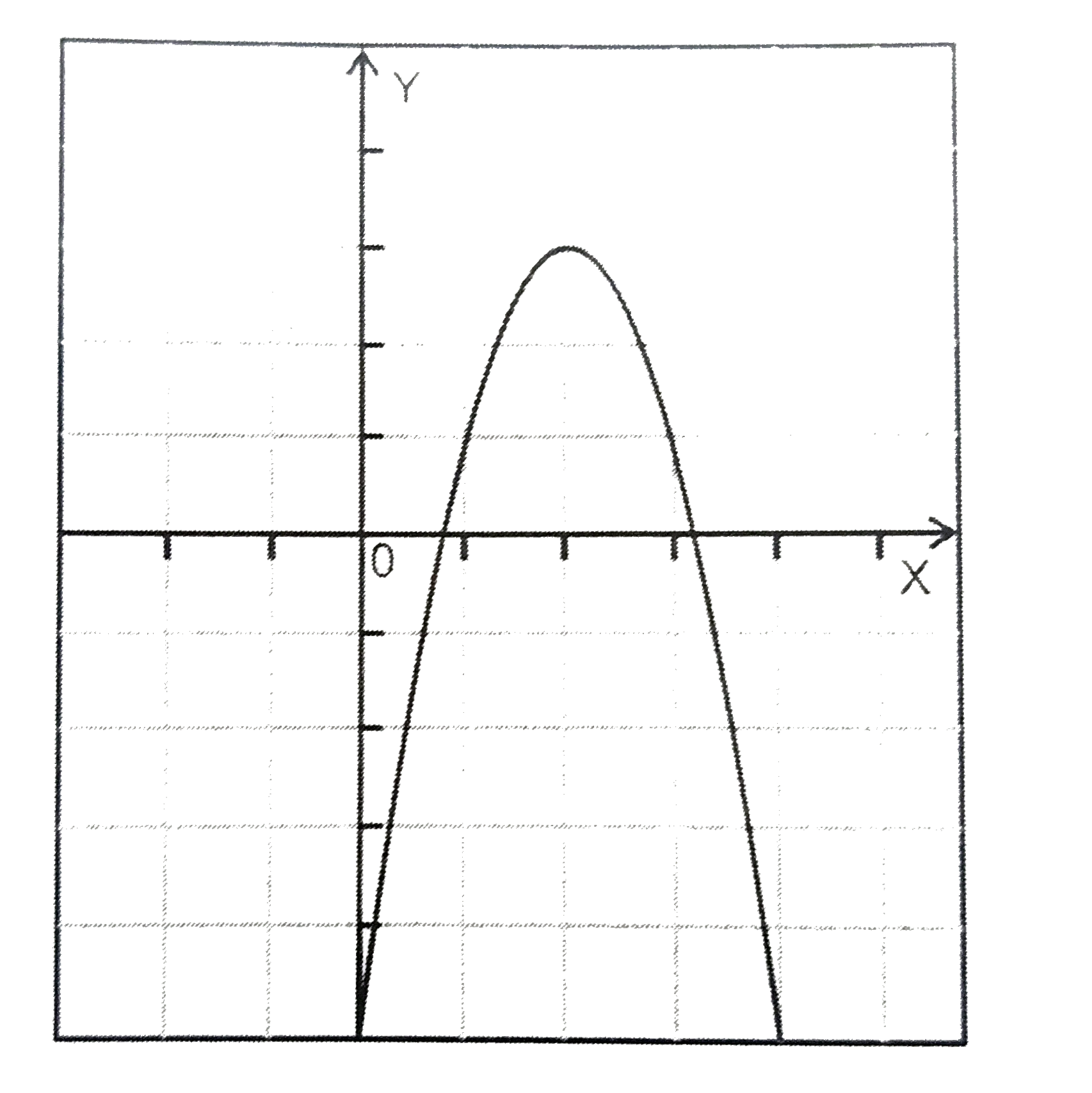Which of the following is the correct expression for Arrhenius
equation ?
The correct Answer is:A
To solve the question regarding the correct expression for the Arrhenius equation, we can follow these steps:
1. Understand the Arrhenius Equation:
The Arrhenius equation describes how the rate constant (k) of a chemical reaction depends on temperature (T) and is given by:
k=Ae−EaRT
where:
- k = rate constant
- A = frequency factor (pre-exponential factor)
- Ea = activation energy
- R = universal gas constant
- T = temperature in Kelvin
2. Take the Natural Logarithm:
To linearize the equation, take the natural logarithm of both sides:
lnk=lnA−EaRT
3. Consider Two Different Temperatures:
If we consider the rate constants at two different temperatures T1 and T2, we can write:
lnk1=lnA−EaRT1andlnk2=lnA−EaRT2
4. Subtract the Two Equations:
By subtracting the second equation from the first, we get:
lnk2−lnk1=−EaRT2+EaRT1
This simplifies to:
lnk2k1=EaR(1T1−1T2)
5. Rearranging the Equation:
The equation can also be rearranged in a different form:
lnk2k1=EaR(T2−T1T1T2)
6. Final Expression:
Thus, the correct expression for the Arrhenius equation in terms of the rate constants at two different temperatures is:
lnk2k1=EaR(1T1−1T2)
or equivalently,
lnk2k1=EaRT2−T1T1T2
Conclusion:
The correct expression for the Arrhenius equation is:
lnk2k1=EaR(1T1−1T2)
The Arrhenius equation describes how the rate constant (k) of a chemical reaction depends on temperature (T) and is given by:
k=Ae−EaRT
where:
- k = rate constant
- A = frequency factor (pre-exponential factor)
- Ea = activation energy
- R = universal gas constant
- T = temperature in Kelvin
To linearize the equation, take the natural logarithm of both sides:
lnk=lnA−EaRT
If we consider the rate constants at two different temperatures T1 and T2, we can write:
lnk1=lnA−EaRT1andlnk2=lnA−EaRT2
By subtracting the second equation from the first, we get:
lnk2−lnk1=−EaRT2+EaRT1
This simplifies to:
lnk2k1=EaR(1T1−1T2)
The equation can also be rearranged in a different form:
lnk2k1=EaR(T2−T1T1T2)
Thus, the correct expression for the Arrhenius equation in terms of the rate constants at two different temperatures is:
lnk2k1=EaR(1T1−1T2)
or equivalently,
lnk2k1=EaRT2−T1T1T2
The correct expression for the Arrhenius equation is:
lnk2k1=EaR(1T1−1T2)
Topper's Solved these Questions
- CHEMISTRY AT A GLANCEBOOK - ALLENCHAPTER - CHEMISTRY AT A GLANCEEXERCISE - INORGANIC CHEMISTRY
300 Videos
- CHEMISTRY AT A GLANCEBOOK - ALLENCHAPTER - CHEMISTRY AT A GLANCEEXERCISE - ORGANIC CHEMISTRY
472 Videos
- Chemical EquilibriumBOOK - ALLENCHAPTER - Chemical EquilibriumEXERCISE - All Questions
30 Videos
- ELECTROCHEMISTRYBOOK - ALLENCHAPTER - ELECTROCHEMISTRYEXERCISE - EXERCISE -05 [B]
38 Videos
Similar Questions
Knowledge Check
Which of the following equations is correct ?
ACO2→H2CO3→HCO−3+H+BCO2+H2OCarbonic⇐===⇒anhydraseH2C3Carbone⇐===⇒anhydraseH++HCO−3CCO2+H2O⇒CH4+2O2DCO2+H2O⇔CO+H2O2
Which of the following can be the correct expression for the graph of the quadratic shown above ?Ay=x2−6x+8By=−x2+6x−8Cy=x2+6x−8Dy=−x2+6x+8Which of the following is not a correct expression regarding the units of coefficient of viscosity ?
Adyne cm−2sBdyne cm2s−1CN m−2sDPa s
Which of the following is the most correct expression for Heisenberg's uncerainty principle?
View SolutionWhich of the following is /are correct expression for percent of given element ? [ m is mass of organic compound having given element ]
View SolutionWhich of the following equation is correct ?
View SolutionWhich of the following is correct expression for the stopping distance of a vechicle? (symbols have their usual meaning)
View SolutionIn formula s=ut−a2t2, which of the following is NOT the correct expression of a in terms of s,u and t?
View Solution
